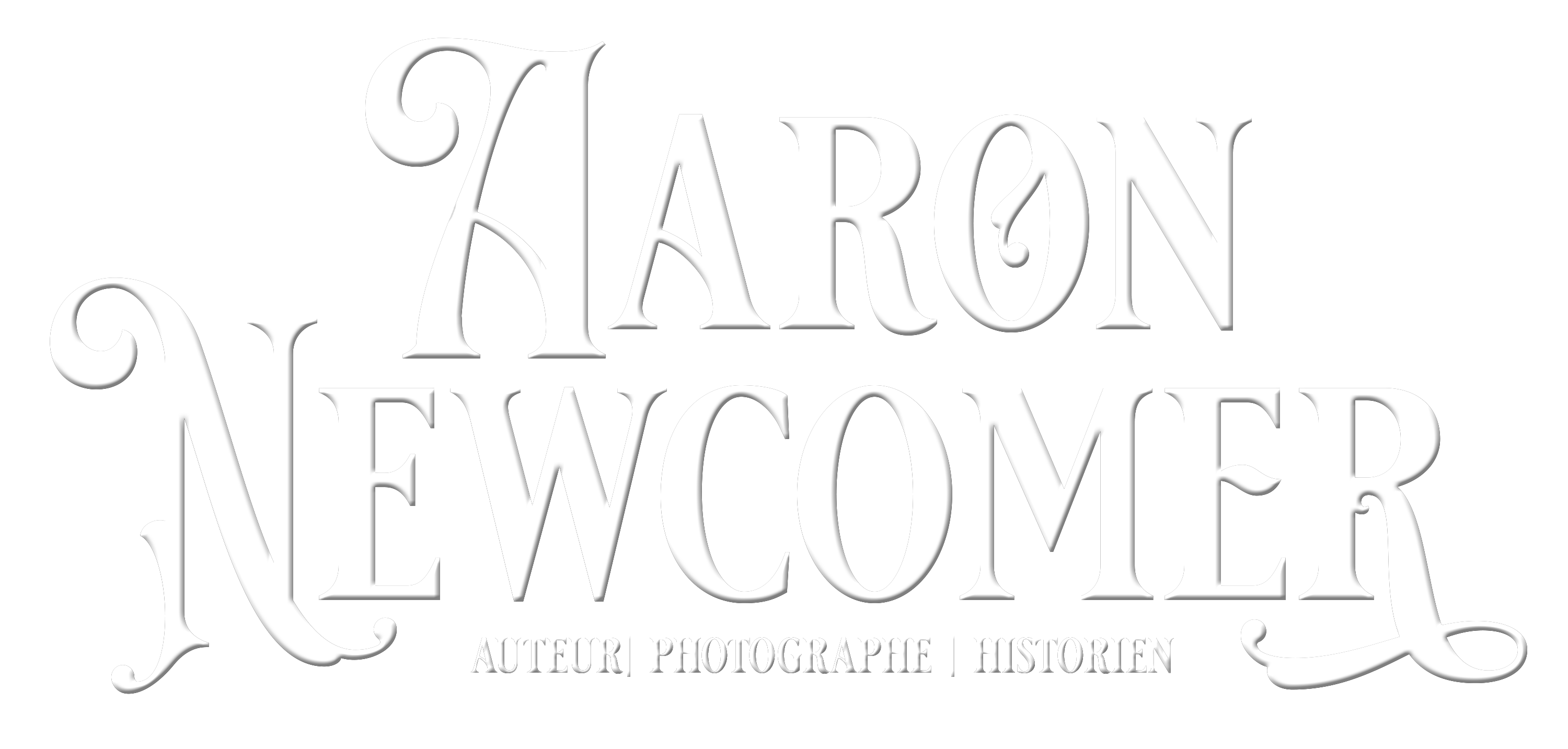Here is a selection of factory drawings/blueprints for how Eley Bros made pinfire cartridges. These blueprints date to the early 1900s.

First up is the 5mm pinfire cartridge drawing. There is a lot going on here! It lists the dimensions for the bullet, the pin, the percussion cap and the case. They also give all of the dimensions in imperial units though these cartridges were always sold by their metric designation, “5mm.”
The bullet is described of being made of 98% lead and 2% antimony. The antimony was an additive used to harden the alloy. It was a hollow bullet with an overall diameter of .207 inches, or 5.258 millimeters. It had an overall height of .300 inches or 7.62 millimeters. The bullet weight is 18 grains and the powder charge is listed as “about 1.5 grains.”

This matches up closely with examples in my collection which have a bullet weight of 18.0 grains and a powder charge of 2 grains. The overall weight is 35.2 grains.
The brass case is listed to have a mixture of 70% copper and 30% zinc to make up the alloy they used. The case had an overall length of .450 inches or 11.43 millimeters. They give the exact specifications of where to put the hole for the brass pin and even what angle the pin should be placed in the cartridge to ensure the hammers get the best hit.
ABONNEZ-VOUS AU BLOG PAR EMAIL
À PROPOS DE MOI
 Bonjour, je m'appelle Aaron Newcomer. Je suis collectionneur et chercheur sur les systèmes d'armes à feu à chargement par la culasse du début du 19e siècle, avec un intérêt particulier pour les travaux de Jean Samuel Pauly et Casimir Lefaucheux. Je collectionne les cartouches et les documents liés à ces types d'armes à feu et je mène des recherches sur ces sujets, approfondissant ma compréhension et ma connaissance de ces armes historiques et leur place dans l'évolution de la technologie des armes à feu. Ma collection et mes recherches reflètent mon engagement à préserver et à comprendre l'histoire et les innovations techniques de ces systèmes d'armes à feu anciens.
Bonjour, je m'appelle Aaron Newcomer. Je suis collectionneur et chercheur sur les systèmes d'armes à feu à chargement par la culasse du début du 19e siècle, avec un intérêt particulier pour les travaux de Jean Samuel Pauly et Casimir Lefaucheux. Je collectionne les cartouches et les documents liés à ces types d'armes à feu et je mène des recherches sur ces sujets, approfondissant ma compréhension et ma connaissance de ces armes historiques et leur place dans l'évolution de la technologie des armes à feu. Ma collection et mes recherches reflètent mon engagement à préserver et à comprendre l'histoire et les innovations techniques de ces systèmes d'armes à feu anciens.
Pour en savoir plus sur moi et où mes travaux ont été publiés.
SECTIONS DU SITE
ARTICLES EN VEDETTE
Recherche
Articles récents
- The Innovative Firearms of Joseph Alexandre Robert: Revolutionizing 19th Century Weaponry
- The Davoust Shot Concentrator: A French Answer to Unruly Patterns (1855–1859)
- Wohlgemuth’s Break-Action Musket Conversion and Rifled Barrel Insert System
- From Collector to Founder: How My Passion for Historical Documents Led to an AI Startup
- La Naissance de la Cartouche à Broche Britannique : L'Entrée d'Eley dans les Cartouches à Chargement par la Culasse






